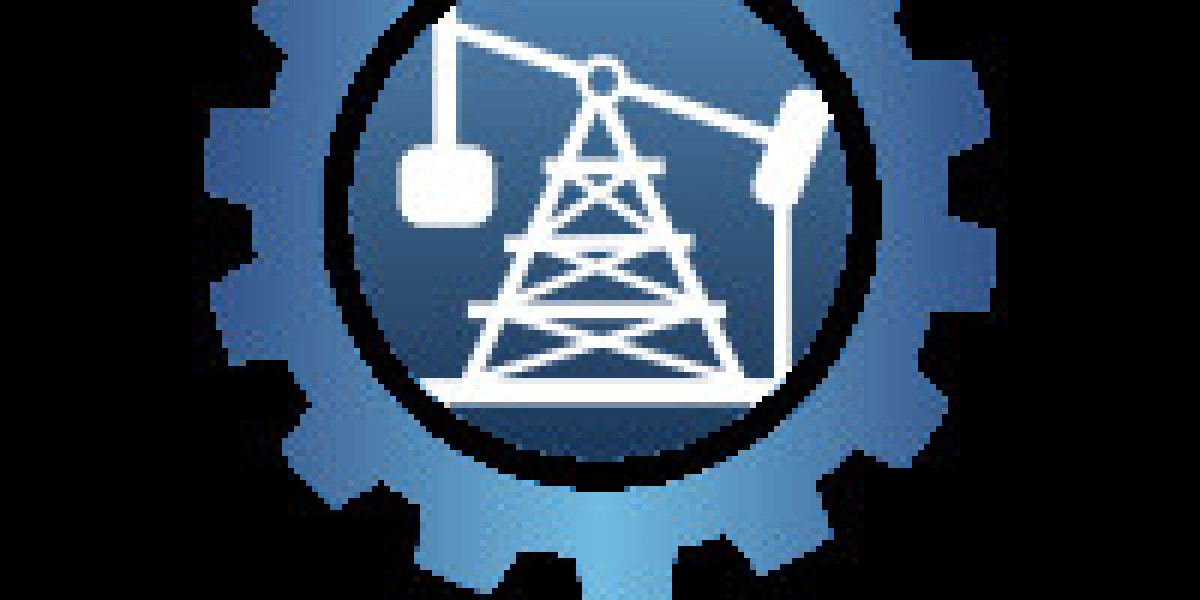To maximize your mud pump liner's lifespan, you'll need to implement an extensive maintenance strategy. Start with regular inspections every 100-150 operating hours, maintain drilling fluid sand content below 1%, and operate within manufacturer-specified pressure ranges. Keep detailed records of wear measurements, guarantee proper alignment, and use OEM-approved replacement parts. Proper installation techniques and fluid management are vital for peak performance. The following proven strategies will help you achieve maximum durability and efficienc
 When operating your mud pump, always maintain recommended pressure ranges and avoid sudden pressure spikes that can stress liner materials. You'll want to make sure of proper alignment between the liner and piston assembly, as misalignment accelerates wear and can cause catastrophic failure. Replace worn piston rubber components promptly, as degraded pistons can damage liner walls and create uneven wear pattern
When operating your mud pump, always maintain recommended pressure ranges and avoid sudden pressure spikes that can stress liner materials. You'll want to make sure of proper alignment between the liner and piston assembly, as misalignment accelerates wear and can cause catastrophic failure. Replace worn piston rubber components promptly, as degraded pistons can damage liner walls and create uneven wear patternTriplex mud pumps can indeed be retrofitted with digital upgrades through monitoring integration systems, ensuring real-time performance tracking, predictive maintenance alerts, and enhanced operational safety through continuous parameter monitorin
Remember to assess the manufacturer's service network and technical support capabilities. You'll benefit from choosing a supplier with proven field support experience and extensive training programs for your maintenance team. This support infrastructure becomes key during critical operations when minimal downtime is essential for maintaining drilling efficiency and crew safet
Noise pollution is another major concern, as many operators have found that consulting rigrs heavy-duty pump liners shows these pumps typically generate sound levels exceeding 85 decibels during normal operation. This intense noise can disturb local wildlife habitats and pose occupational hazards for workers without proper hearing protectio
Proper installation techniques are important for liner longevity. You must thoroughly clean and inspect the liner bore before installation, guaranteeing no debris or damage is present. Apply appropriate lubricant to facilitate installation and initial break-in period. When tightening liner retaining hardware, follow manufacturer-specified torque values and sequences to prevent distortion and guarantee proper seatin
Currently, you can access substantial savings on industry-leading triplex mud pump models, including the latest configurations designed for enhanced durability and reduced downtime. These units feature advanced fluid end technology, premium-grade components, and sturdy mechanical systems that deliver reliable performance even in challenging drilling conditions. You're getting the same high-quality equipment trusted by leading drilling contractors worldwide, just at more competitive price point
To get the best price on oilfield mud pumps, you'll need to understand maintenance histories, track market cycles, and build vendor relationships. Research both new and reconditioned options while monitoring industry fluctuations for ideal purchase timing. Request detailed quotations from multiple suppliers, including specifications and support terms, and investigate bundled service packages. Leveraging industry connections and insider knowledge will reveal substantial savings in your mud pump investmen
You'll need to carefully evaluate your specific operational requirements when choosing between triplex and duplex mud pumps. While triplex pumps deliver superior flow rates, reduced pulsation, and higher efficiency, duplex pumps offer lower maintenance costs and simpler operation. When selecting drilling equipment, many operators find it helpful to review comprehensive rigrs heavy-duty pump liners before making their final decision. Consider your well depth, pressure requirements, and budget constraints. Your decision will directly impact drilling performance, operational costs, and overall project succes
When undertaking a conversion, many operators consult with a rigrs heavy-duty pump liners to assess the feasibility and cost-effectiveness of power system modifications. This step helps identify potential challenges before committing to the projec
Triplex mud pumps offer superior performance for high-pressure operations above 5,000 psi, providing smoother fluid flow and up to 90% operating efficiency compared to duplex pumps. While you'll face higher initial costs, triplex systems provide better load distribution, reduced maintenance, and lower long-term operational expenses. Your choice should depend on your specific pressure requirements and maintenance capabilities. Understanding the distinct advantages of each system will guide your ideal selectio
